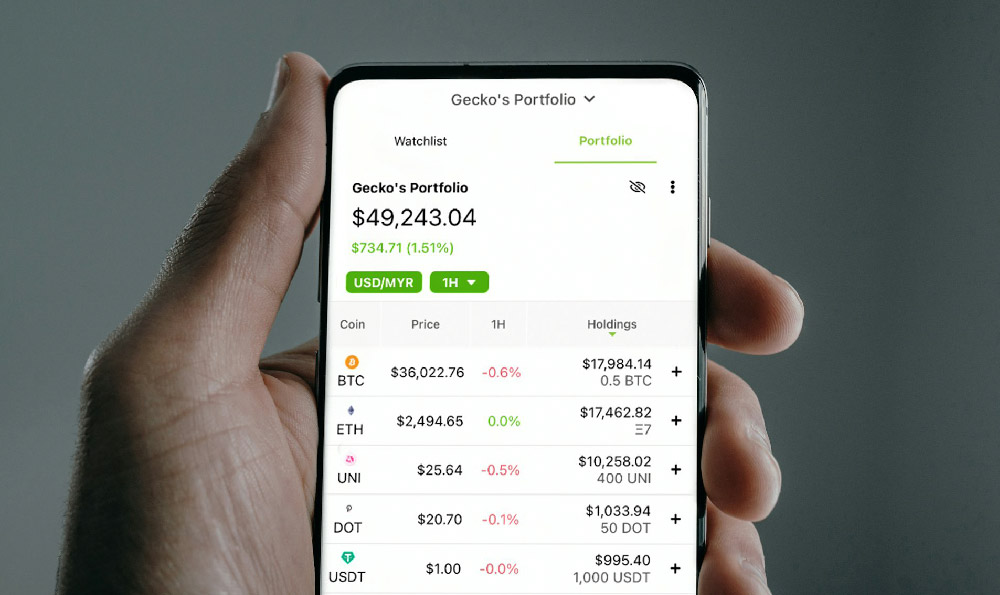
SoFi, short for Social Finance, has emerged as a prominent player in the fintech landscape, offering a diverse range of financial products and services. Understanding how SoFi generates revenue and its various profit streams is crucial for investors, potential customers, and anyone interested in the evolution of modern finance. SoFi's revenue model is multifaceted, leveraging its digital platform to cater to a broad audience seeking loans, investing opportunities, banking services, and more.
A significant portion of SoFi's revenue comes from its lending business. The company originates and facilitates various types of loans, including student loans, personal loans, and home loans. The primary profit stream in this segment is the net interest income, which is the difference between the interest SoFi charges borrowers and the interest it pays to fund these loans. SoFi has strategically positioned itself to attract borrowers with strong credit profiles, allowing it to offer competitive interest rates while still maintaining healthy margins. Furthermore, SoFi generates revenue through loan origination fees, which are charged to borrowers at the outset of the loan. These fees contribute to the overall profitability of the lending segment and help offset operational costs. The company also employs sophisticated risk management techniques to minimize loan defaults and maximize the recovery of delinquent loans, further bolstering its financial performance. SoFi's approach to lending is data-driven, utilizing algorithms and analytics to assess creditworthiness and personalize loan offerings, enhancing the customer experience and driving growth.
Beyond lending, SoFi has diversified its revenue streams by offering a comprehensive suite of investment products and services. This segment, often referred to as SoFi Invest, allows users to trade stocks, exchange-traded funds (ETFs), and cryptocurrencies through a user-friendly platform. SoFi generates revenue in this area through several avenues. Firstly, it earns commissions on certain trading activities, although it has adopted a zero-commission model for many popular securities to attract a wider user base. This strategic decision has proven effective in increasing trading volumes and attracting new customers to the platform. Secondly, SoFi offers premium investment services, such as automated investing and access to financial advisors. These services typically come with fees, either as a percentage of assets under management or as a flat fee. These premium services cater to investors seeking more personalized guidance and portfolio management, contributing significantly to SoFi's revenue. SoFi Invest also benefits from securities lending, where the company lends out securities held in customer accounts to other financial institutions for a fee. This practice generates additional revenue with minimal risk, as SoFi carefully manages the securities lending process to ensure compliance and protect customer assets.

Another key revenue stream for SoFi stems from its banking services. SoFi offers checking and savings accounts, debit cards, and other banking products through its SoFi Money platform. The primary way SoFi generates revenue from these banking services is through net interest margin. As a bank, SoFi accepts deposits from customers and lends out a portion of these deposits to borrowers. The difference between the interest earned on loans and the interest paid on deposits constitutes the net interest margin. SoFi also generates revenue from interchange fees, which are charged to merchants when customers use their SoFi debit cards to make purchases. These fees, though small on a per-transaction basis, can accumulate significantly over time, especially as SoFi expands its user base. Additionally, SoFi may offer overdraft protection or other fee-based services associated with its banking products, contributing to the overall revenue from this segment. The company's focus on digital banking allows it to operate with lower overhead costs compared to traditional brick-and-mortar banks, enhancing its profitability and allowing it to offer more competitive interest rates and fees to customers.
SoFi also leverages its extensive customer data and technology platform to provide technology services to other financial institutions. This segment, often referred to as Galileo, offers a suite of APIs and technology solutions that enable other companies to build and offer their own digital financial products. SoFi generates revenue from Galileo through licensing fees, subscription fees, and usage-based fees. Licensing fees are typically charged upfront for access to the Galileo platform, while subscription fees are recurring charges for ongoing support and maintenance. Usage-based fees are charged based on the number of transactions processed or the volume of data consumed. Galileo's technology platform is highly scalable and customizable, making it attractive to a wide range of financial institutions, from small startups to large enterprises. This segment represents a significant growth opportunity for SoFi, as it expands its reach beyond its direct-to-consumer business and becomes a key enabler of digital finance.
In addition to these primary revenue streams, SoFi also generates revenue from partnerships and sponsorships. The company partners with other brands to offer exclusive deals and promotions to its members, earning referral fees or commissions in the process. SoFi also sponsors events and organizations, both to raise brand awareness and to generate leads. These partnerships and sponsorships contribute to SoFi's overall marketing efforts and help drive customer acquisition and engagement.
In summary, SoFi's revenue generation model is diversified and strategically designed to capture value across various segments of the financial services industry. From lending and investing to banking and technology services, SoFi has built a comprehensive ecosystem of products and services that cater to a wide range of customer needs. The company's emphasis on technology, data analytics, and customer experience has enabled it to disrupt traditional financial institutions and establish a strong foothold in the fintech market. As SoFi continues to innovate and expand its offerings, its revenue streams are likely to evolve and diversify further, solidifying its position as a leading player in the future of finance. By focusing on providing value to its customers and leveraging its technology platform, SoFi is well-positioned to generate sustainable revenue growth and deliver long-term shareholder value.





